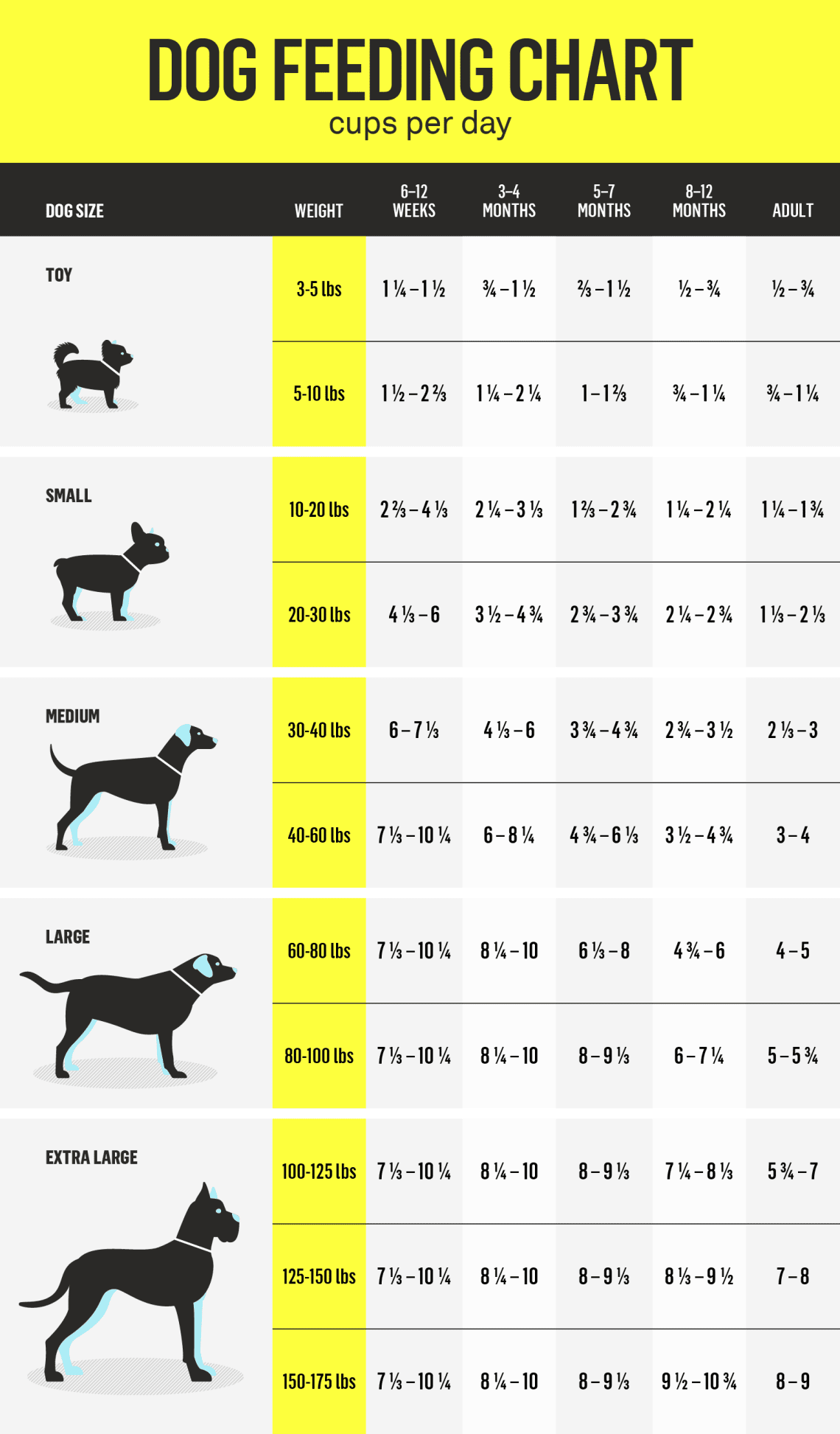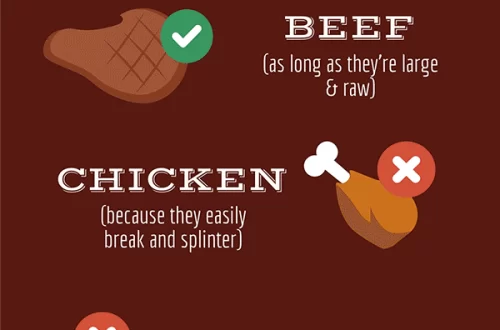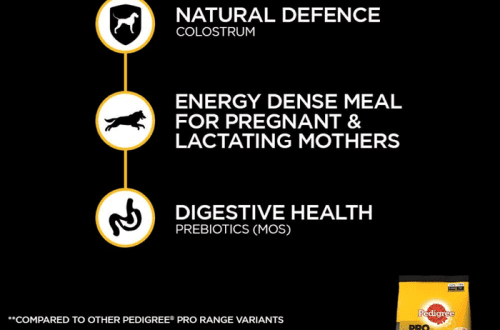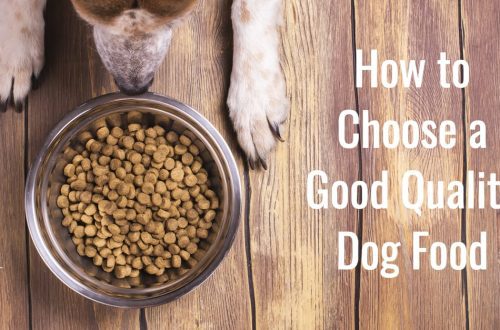
How to feed a large dog?

Special size
The main distinguishing features of a large dog are sensitive digestion, a tendency to diseases of the musculoskeletal system and a shorter life expectancy.
And one of the most common problems associated with feeding an animal is the high likelihood of gastric volvulus. It occurs when the owner of the dog gives the pet an excessive amount of food, believing that he himself will stop when he is full.
It is especially dangerous for a dog to receive volumetric feeds that are not intended for it – for example, cereals or vegetables.
Pet needs
In this regard, a large dog needs to eat diets that are carefully formulated and include ingredients that can protect the animal from those diseases for which he has a genetic propensity.
contain easily digestible, low-allergenic components and specially selected fiber, which is useful for stable digestion. They also contain a complex of polyunsaturated fatty acids and glucosamine, which support joint health. In turn, vitamins A and E, taurine and zinc strengthen the immune system.
Such properties, in particular, are distinguished by Pedigree dry food for adult dogs of large breeds, complete food with beef, Royal Canin’s Maxi offers, Purina Pro Plan Optihealth for adult dogs of large breeds of powerful physique, Hill’s Science Plan diets and many others.
From a young age
It is necessary to monitor the diet of a large dog from puppyhood. A growing individual should not be overfed – this threatens the pet with obesity, leading to deviations in the development of the skeleton.
A puppy should not gain weight too quickly at all, as this is fraught with the appearance of pathologies of the musculoskeletal system and can lead to early maturation of the skeleton. This will result in skeletal developmental disorders and health problems.
To prevent overeating, the dog must be given food in strict accordance with the daily norms. The recommendations of a specialist veterinarian will also be useful.
29 2017 June
Updated: October 5, 2018





